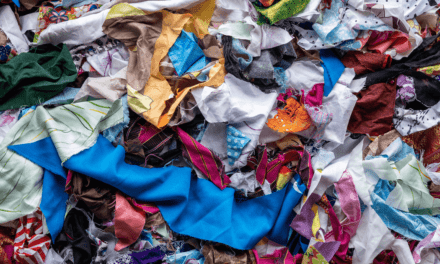 Apparel industry insiders observe that until now the industry is mainly based on cotton, but the fashion market of the world is now shifting towards non-cotton. Global fashion trend is shifting from cotton to manmade fibres because of better functionality, price, competitiveness and sustainability.
Apparel industry insiders observe that until now the industry is mainly based on cotton, but the fashion market of the world is now shifting towards non-cotton. Global fashion trend is shifting from cotton to manmade fibres because of better functionality, price, competitiveness and sustainability.
They opine that a growing demand for a wider range of fibers including synthetics like polyester and nylon, regenerated fibers like viscose rayon, animal fibres like wool and silk, and even other vegetable fibers like linen, etc.
A recent study suggest that at the consumer level, 75% of global apparel consumption is non-cotton and 57.5% of global textile trade is non-cotton. On the contrary, the share of non-cotton apparel in the country’s export was only 25%, and, encouragingly, in the last 3 years this share has increased to 30%.
BGMEA President Faruk Hasan said since 2021 BGMEA took 3 research initiatives focused toward the future vision and growth. As part of this endeavour, BGMEA already launched a report on “Establishing a Virtual Marketplace Platform for the Apparel Sector” by Light Castle Partners.
The study titled “Beyond Cotton: A Strategic Blueprint for Fibre Diversification in Bangladesh Apparel Industry”, which was unveiled on 3 March 2024. The “Beyond Cotton” was commissioned to Wazir Advisors Pvt. Ltd., a leading research organization on textile and apparel based in India.
Faruk said “over the past 45 years the industry has grown into a $47 bn export sector. At present our share in the world market is 7.87%, we want to increase this share to 12% by 2030, pursuing an export target of $100 bn from this sector. Achieving this target will not be easy if we follow the conventional business model”.
In recent years our industry has seen significant investment in the non-cotton sector. Our import of non-cotton fibres and textiles is also following an increasing trend, indicating further increase in exports in coming days, he added.
He said having all the potentials, there have some challenges too. The challenges include dependancy on imported raw materials, lack of technology, skills and innovation, requirement for capital investment and energy.
Experts also recommended to identify the challenges and weakness, and set forth a roadmap to strategically explore the non-cotton space for our industry – the roadmap for manufacturers, investors, policymakers, development partners and other influencers, detailing approaches and ways to establish a strong presence in the non-cotton textile and apparel market.





















